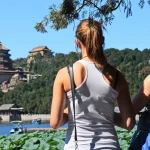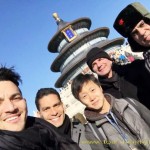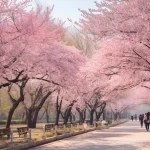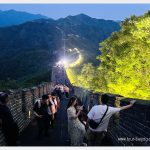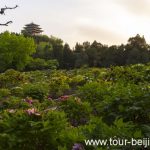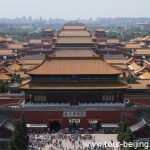Ruoergai Grassland (Tips, Photos)
At 8:00am we start for Ruoergai Grassland (our first destination today) from Labrang Civil Aviation Hotel in Xiahe in Gannan Tibet Autonomous Prefecture of Gansu Province. The 280km drive takes about 3 and half hours largely along the National Highway 212. Ruoergai Grassland is located in the north of Aba Tibetan and Qiang Autonomous Prefecture…
